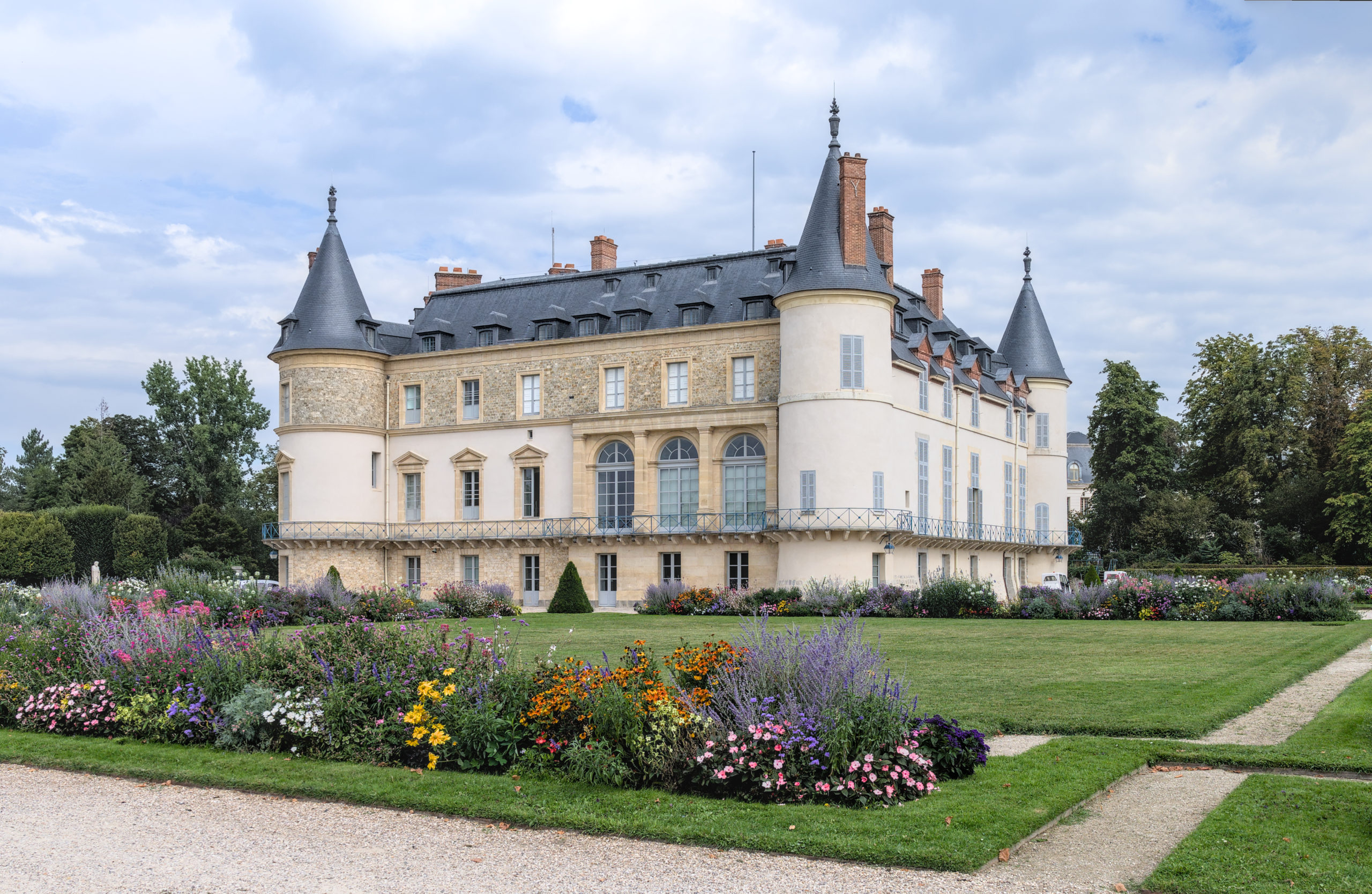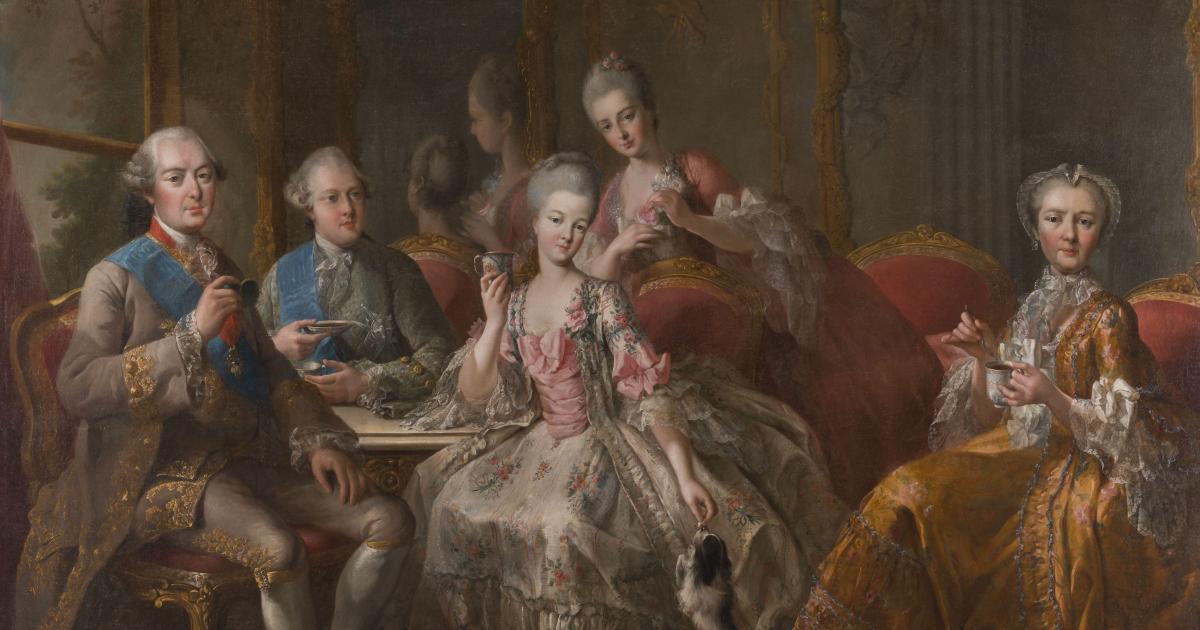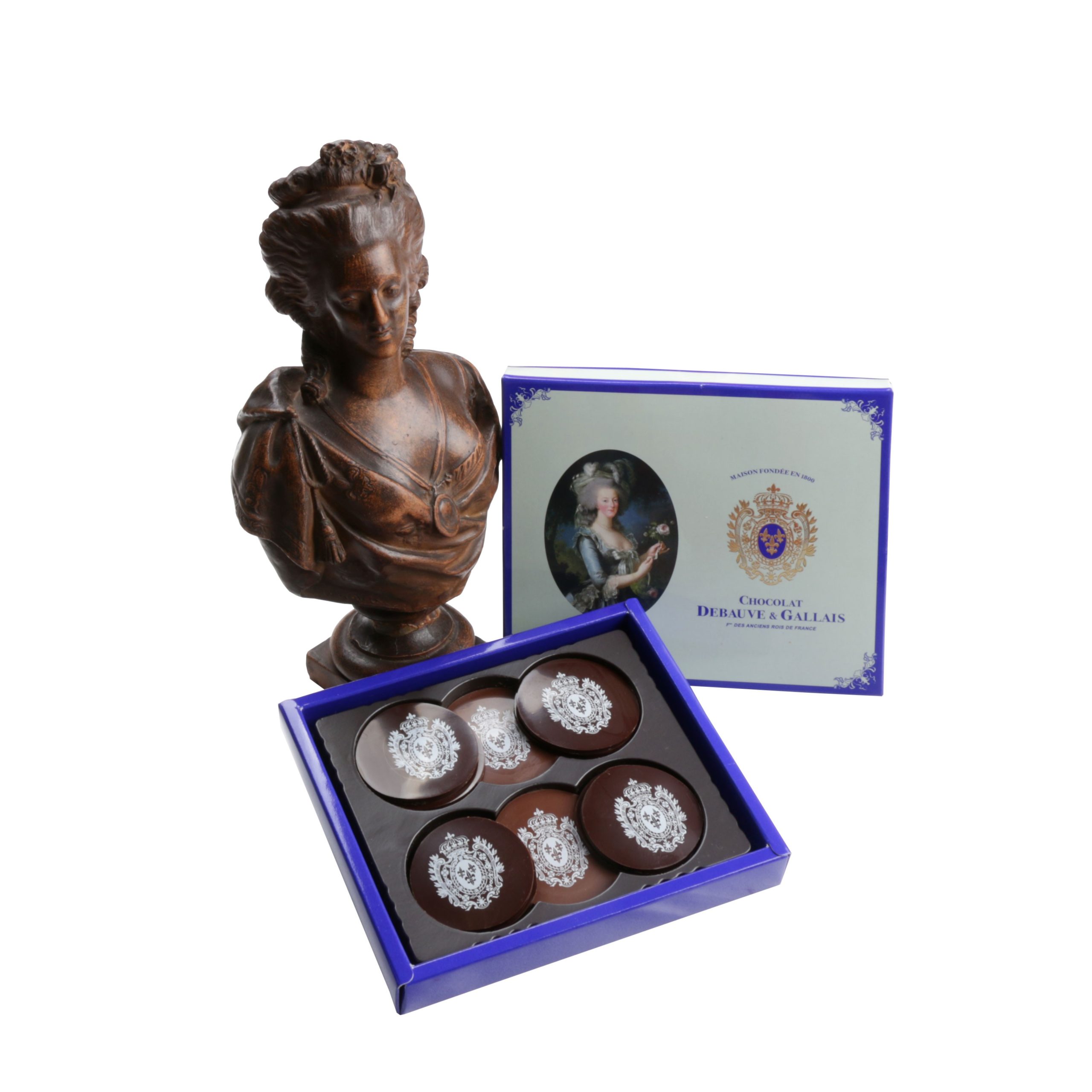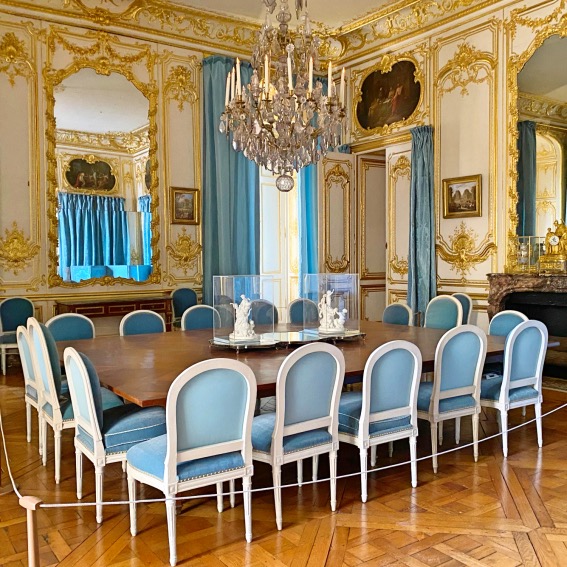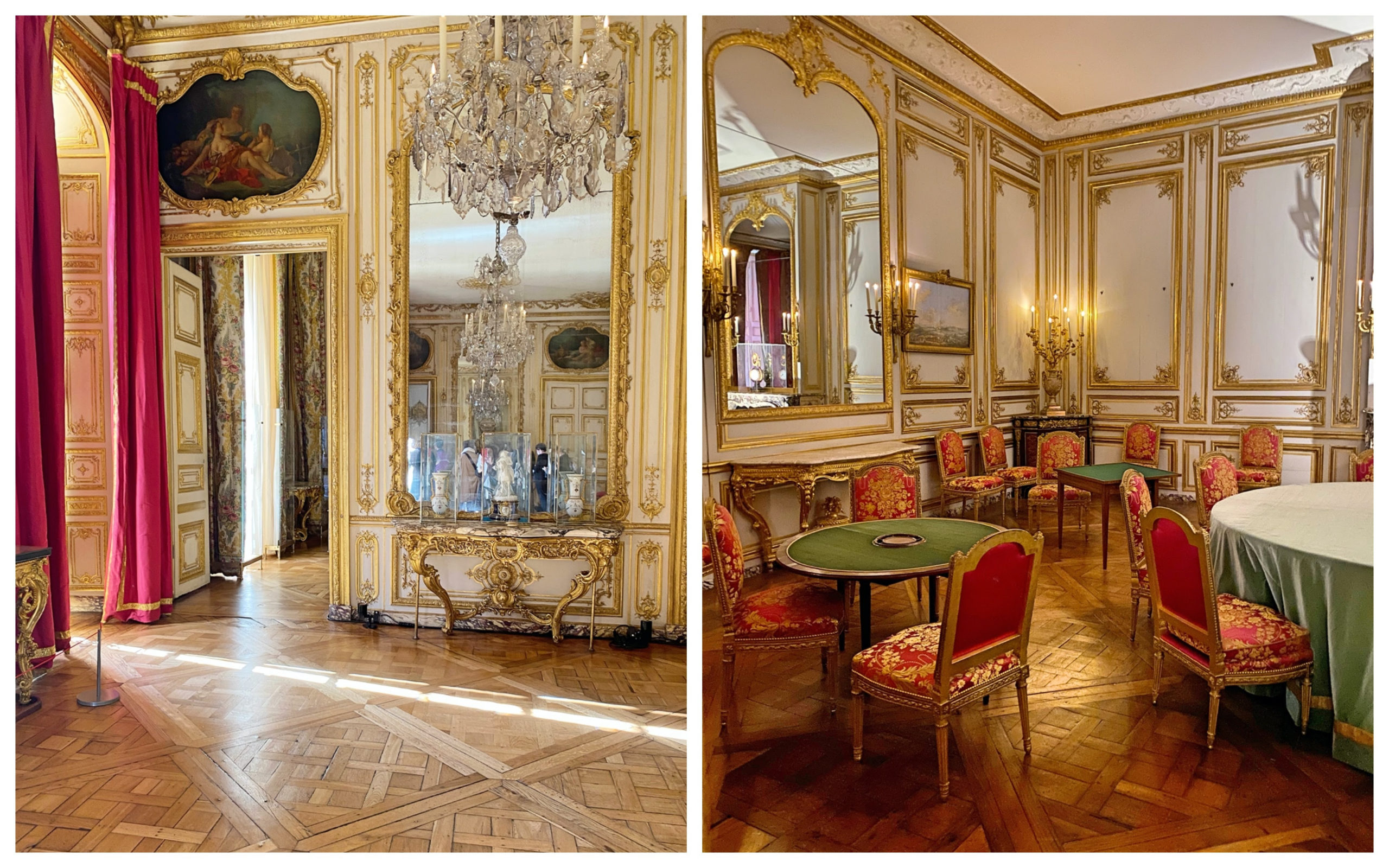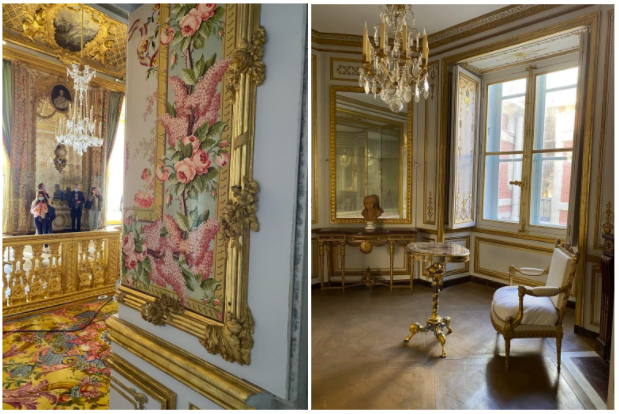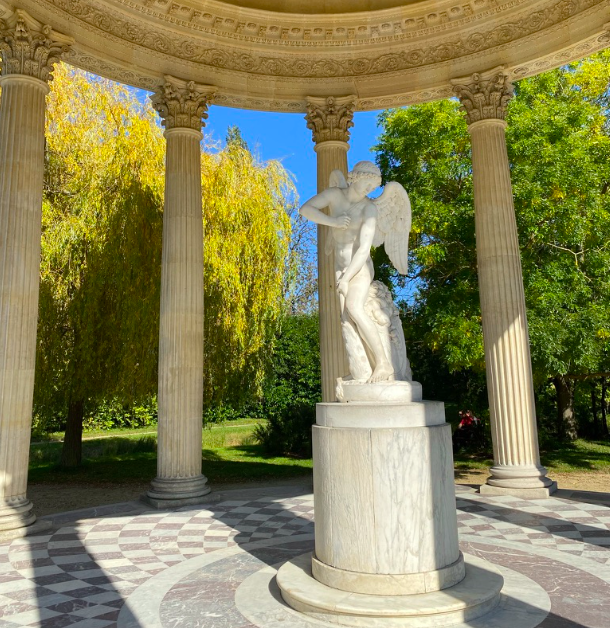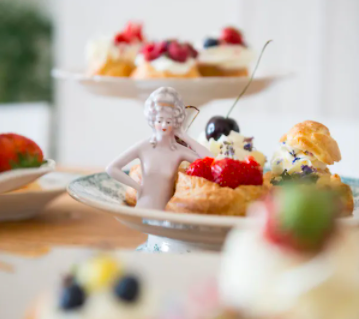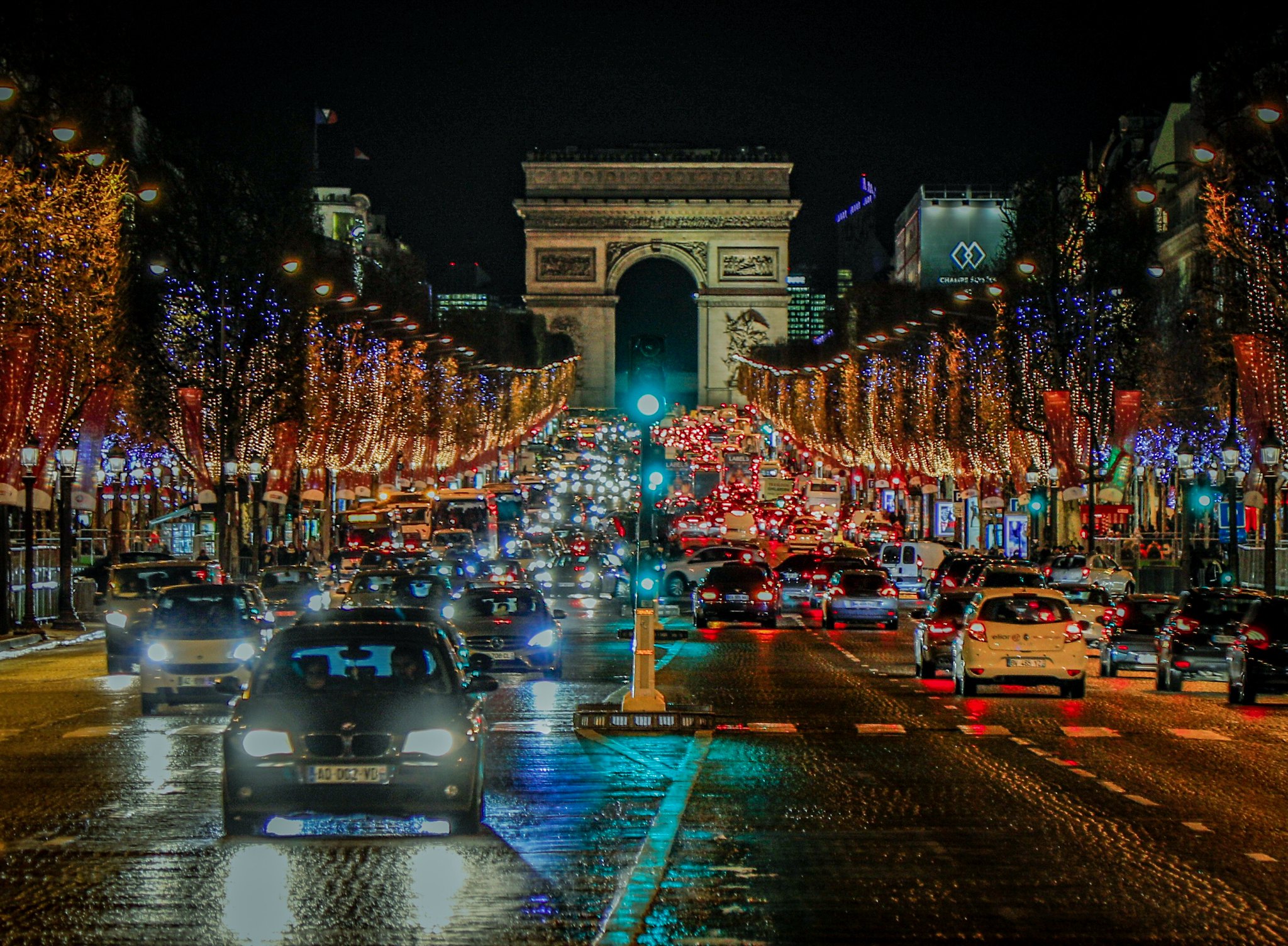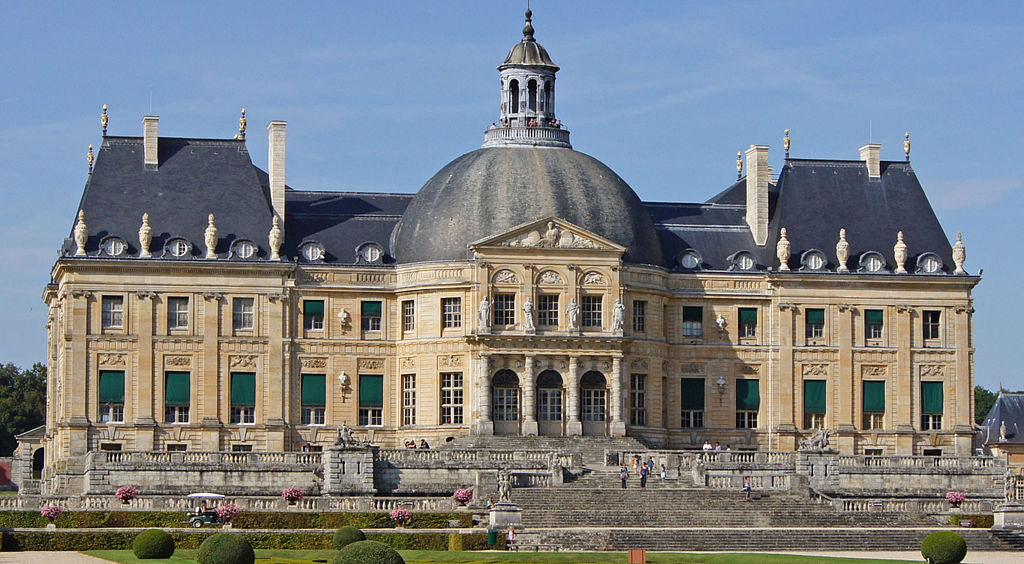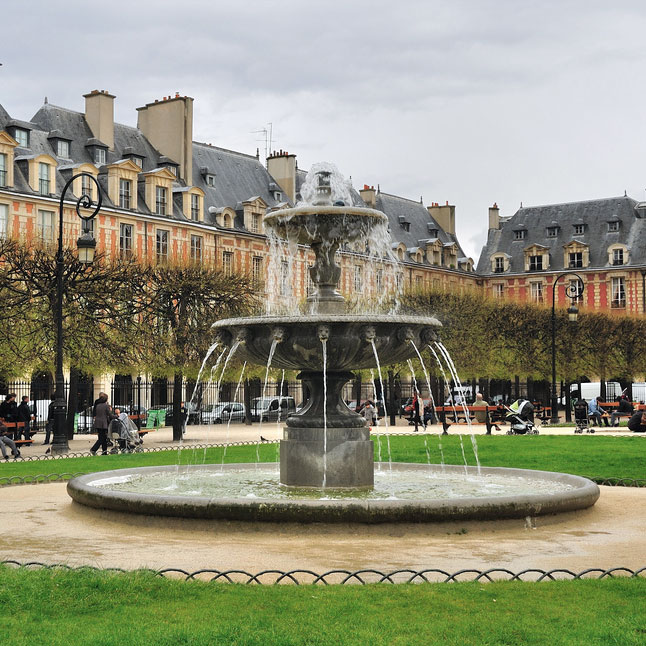https://www.picturesquevoyages.com/wp-content/uploads/2024/11/gingerbread-christmas-decoration-food-biscuit-bredele-tree-1617221-pxhere.com_.jpg
900
1350
admin8800
https://www.picturesquevoyages.com/wp-content/uploads/2019/02/picturesquevoyageslogo-300x68-2-300x68.png
admin88002024-12-10 11:37:342024-12-10 11:41:05The Best Traditional French Holiday Treats
https://www.picturesquevoyages.com/wp-content/uploads/2024/11/qi-li-ORsHmchc3x4-unsplash-scaled.jpg
1920
2560
admin8800
https://www.picturesquevoyages.com/wp-content/uploads/2019/02/picturesquevoyageslogo-300x68-2-300x68.png
admin88002024-11-21 11:47:222024-11-22 10:13:31Notre Dame de Paris: A Glorious Restoration and Reopening
https://www.picturesquevoyages.com/wp-content/uploads/2024/03/Mont-Saint-Michel_vu_du_ciel.jpg
1440
2560
admin8800
https://www.picturesquevoyages.com/wp-content/uploads/2019/02/picturesquevoyageslogo-300x68-2-300x68.png
admin88002024-03-25 18:33:102024-06-21 11:30:45Surprising Story: Mont-Saint-Michel and its Bay
https://www.picturesquevoyages.com/wp-content/uploads/2022/09/MA-cropped.jpg
630
630
admin8800
https://www.picturesquevoyages.com/wp-content/uploads/2019/02/picturesquevoyageslogo-300x68-2-300x68.png
admin88002022-09-19 20:00:062022-09-25 17:30:40Surprising Stories: Let them Eat Cake… or Not
https://www.picturesquevoyages.com/wp-content/uploads/2022/04/vue_aerienne2.jpg
787
1183
admin8800
https://www.picturesquevoyages.com/wp-content/uploads/2019/02/picturesquevoyageslogo-300x68-2-300x68.png
admin88002022-04-17 19:39:482022-04-20 09:57:29Our Favorite Gardens to Visit in Ile-de-France
https://www.picturesquevoyages.com/wp-content/uploads/2021/11/mv-7716_006.jpg
630
1200
admin8800
https://www.picturesquevoyages.com/wp-content/uploads/2019/02/picturesquevoyageslogo-300x68-2-300x68.png
admin88002021-11-30 15:54:542021-12-01 11:05:57Surprising Stories: Hot Chocolate fit for Kings and Queens
https://www.picturesquevoyages.com/wp-content/uploads/2021/10/Apartments-of-the-King-Versailles-2.jpg
567
567
admin8800
https://www.picturesquevoyages.com/wp-content/uploads/2019/02/picturesquevoyageslogo-300x68-2-300x68.png
admin88002021-11-18 11:52:142021-11-19 10:33:38New Exclusive Versailles Tours & Experiences
https://www.picturesquevoyages.com/wp-content/uploads/2020/11/38401126714_312ffa9774_k.jpg
1504
2048
admin8800
https://www.picturesquevoyages.com/wp-content/uploads/2019/02/picturesquevoyageslogo-300x68-2-300x68.png
admin88002020-11-20 14:56:242020-11-21 14:30:16Surprising Stories: Les Champs-Elysées, from Allée to Avenue
https://www.picturesquevoyages.com/wp-content/uploads/2020/08/Feu-d-artifice-Vaux-le-Vicomte-630x405-C-DR.jpg
405
630
admin8800
https://www.picturesquevoyages.com/wp-content/uploads/2019/02/picturesquevoyageslogo-300x68-2-300x68.png
admin88002020-08-15 13:32:242020-08-16 13:37:47Vaux-le-Vicomte and the Famous Fête which Sparked Versailles
https://www.picturesquevoyages.com/wp-content/uploads/2018/06/place-des-vosges.jpg
567
567
admin8800
https://www.picturesquevoyages.com/wp-content/uploads/2019/02/picturesquevoyageslogo-300x68-2-300x68.png
admin88002020-04-28 15:41:182020-04-29 15:35:13Surprising Stories: La Place Des Vosges: Fashion and Architecture in the Marais
Scroll to top
 There are many reasons to come to Paris for Christmas. Streets are decked out in beautiful lights (such as the Champs Elysées), chateaux host special holiday events (like Vaux-le-Vicomte), but one of the best reasons is the food. Although the French take gastronomy very seriously all year round, cuisine plays an even greater role over the festive season, especially when it comes to holiday treats. Specialties can vary from region to region, while others have spread around the whole country. Whether you’ll be in France over the holidays or would like to try some new recipes back home, here are some of the best traditional French Christmas treats. Read more
There are many reasons to come to Paris for Christmas. Streets are decked out in beautiful lights (such as the Champs Elysées), chateaux host special holiday events (like Vaux-le-Vicomte), but one of the best reasons is the food. Although the French take gastronomy very seriously all year round, cuisine plays an even greater role over the festive season, especially when it comes to holiday treats. Specialties can vary from region to region, while others have spread around the whole country. Whether you’ll be in France over the holidays or would like to try some new recipes back home, here are some of the best traditional French Christmas treats. Read more


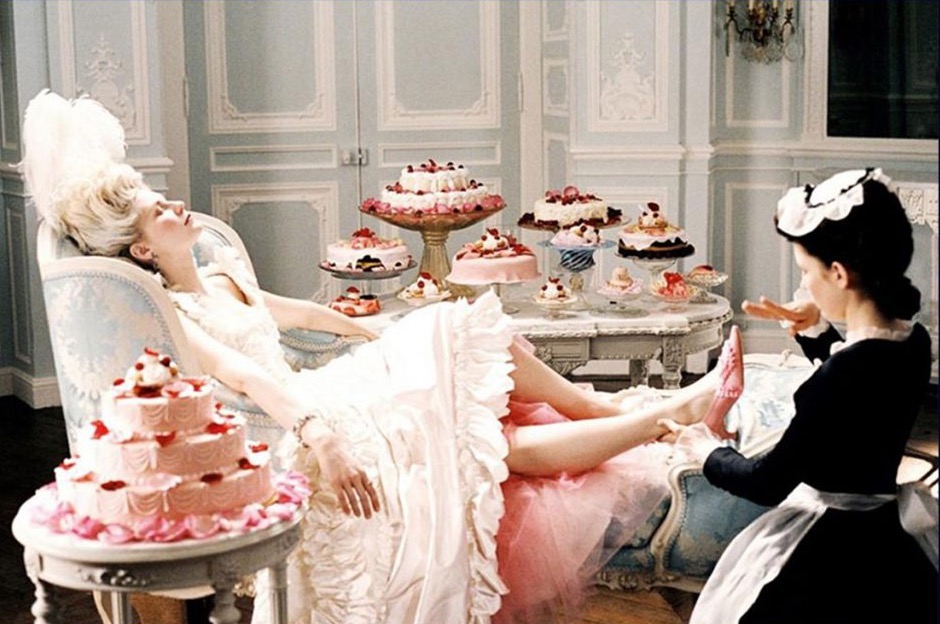 Since Sofia Coppola’s blockbuster movie
Since Sofia Coppola’s blockbuster movie 